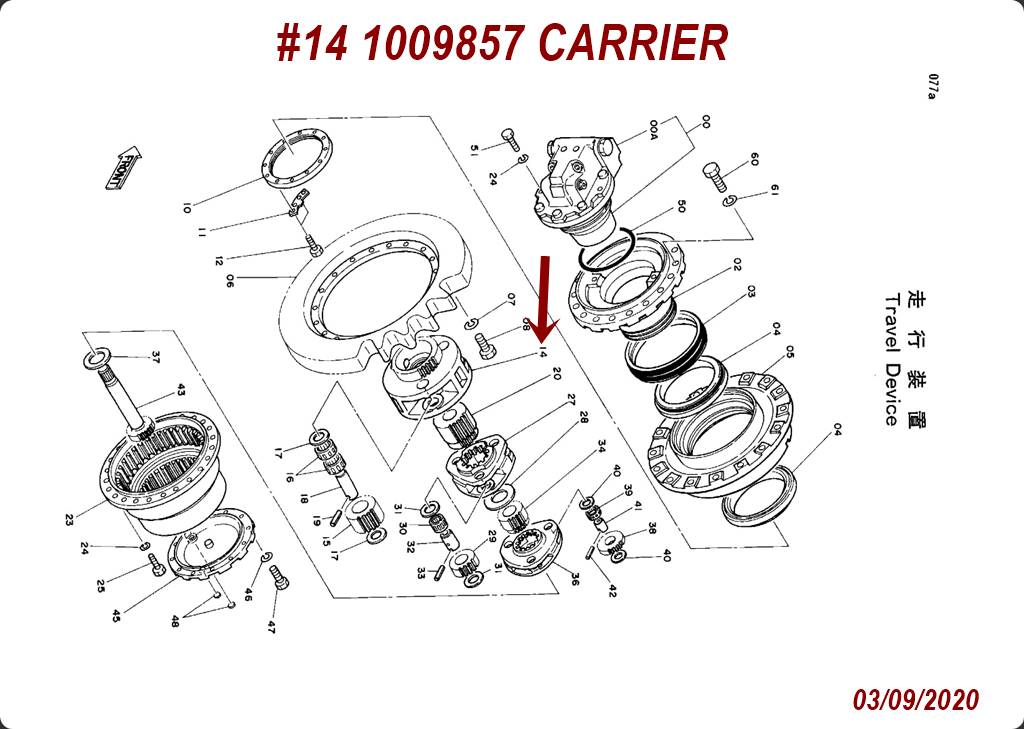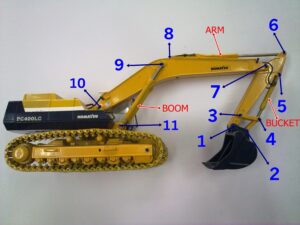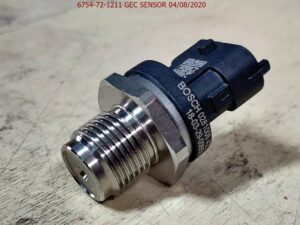An excavator gear carrier is a crucial component within the drivetrain of an excavator, specifically involved in transmitting power from the engine to the tracks or wheels. Here are five key functions of an excavator gear carrier:
- Power Transmission: The gear carrier transmits power from the engine’s output shaft to the final drive gears. This process is essential for converting the engine’s rotational power into movement of the excavator’s tracks or wheels.
- Speed Reduction: Gear carriers typically include gears that reduce the rotational speed from the engine, which allows the excavator to operate at a slower, controlled speed suitable for various tasks.
- Torque Multiplication: By reducing the speed, the gear carrier increases the torque applied to the tracks or wheels. This is crucial for enabling the excavator to handle heavy loads and perform demanding tasks.
- Direction Control: The gear carrier helps in controlling the direction of movement by working in conjunction with the drive system. It allows for smooth and precise changes in direction, whether turning or moving straight.
- Power Distribution: In multi-axle or tracked excavators, the gear carrier ensures that power is evenly distributed to each track or wheel. This balance is essential for maintaining stability and proper functionality of the excavator during operation.




